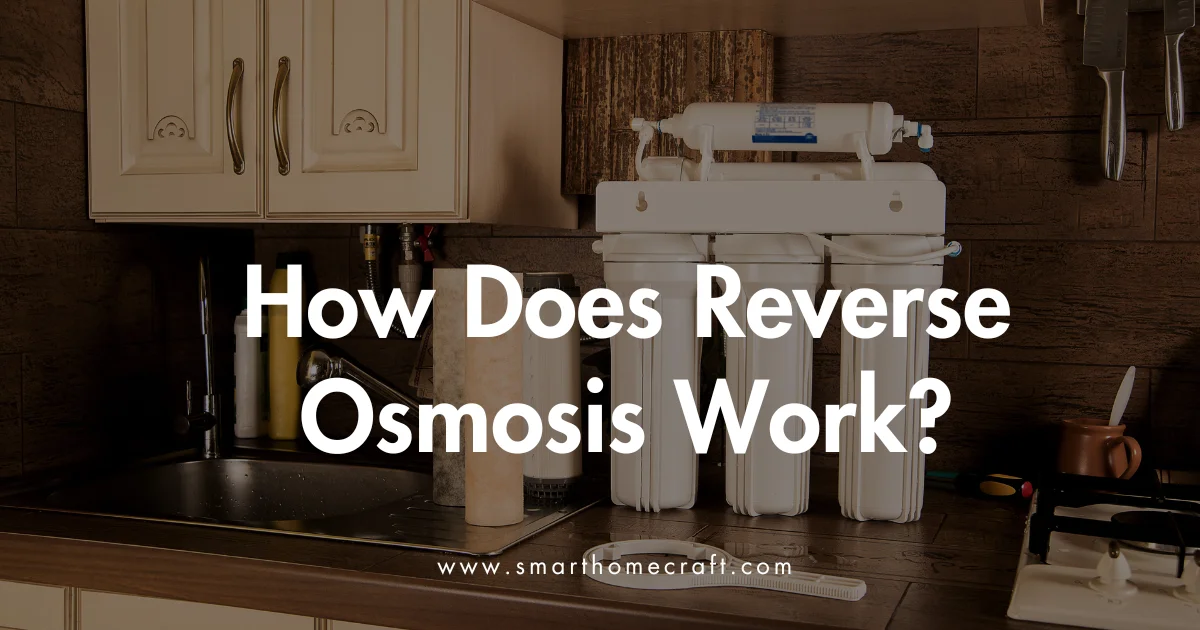Reverse osmosis is a water filtration process that has become increasingly popular in recent years due to its ability to remove impurities from water. In this blog post, we will explore how reverse osmosis works in simple terms, without using technical jargon.
The Process of Reverse Osmosis
Pre-Filtration Stage
The reverse osmosis process begins with a pre-filtration stage, where sediment, dirt, and other large particles are removed from the water. This step helps to protect the semi-permeable membrane and ensure it works efficiently.
Pressurization and Membrane Filtration
The water is then pressurized and forced through the semi-permeable membrane. The pressure helps to overcome the osmotic pressure of the impurities, allowing the water molecules to pass through the membrane while leaving behind the contaminants.
Semi-Permeable Membrane
The semi-permeable membrane has small pores that allow water molecules to pass through, but block larger molecules such as ions, bacteria, and other contaminants.
Collection and Disposal
The purified water is then collected in a storage tank, while the impurities and wastewater are flushed away. The amount of wastewater generated by the reverse osmosis process can vary depending on the quality of the water and the efficiency of the system.
What Can Reverse Osmosis Remove?
Types of Contaminants Removed
Reverse osmosis is a highly effective method for removing a wide range of contaminants from water, including bacteria, viruses, dissolved solids, and other impurities.
Limitations
However, it is important to note that reverse osmosis does not remove all contaminants from water, and additional treatment may be required in some cases.
Conclusion
In conclusion, reverse osmosis is a water filtration process that uses a semi-permeable membrane to remove impurities from water. By understanding how it works and the types of contaminants it can remove, you can make informed decisions about whether reverse osmosis is the right water purification method for your needs.
Read More: 10 Best Tankless Reverse Osmosis System





